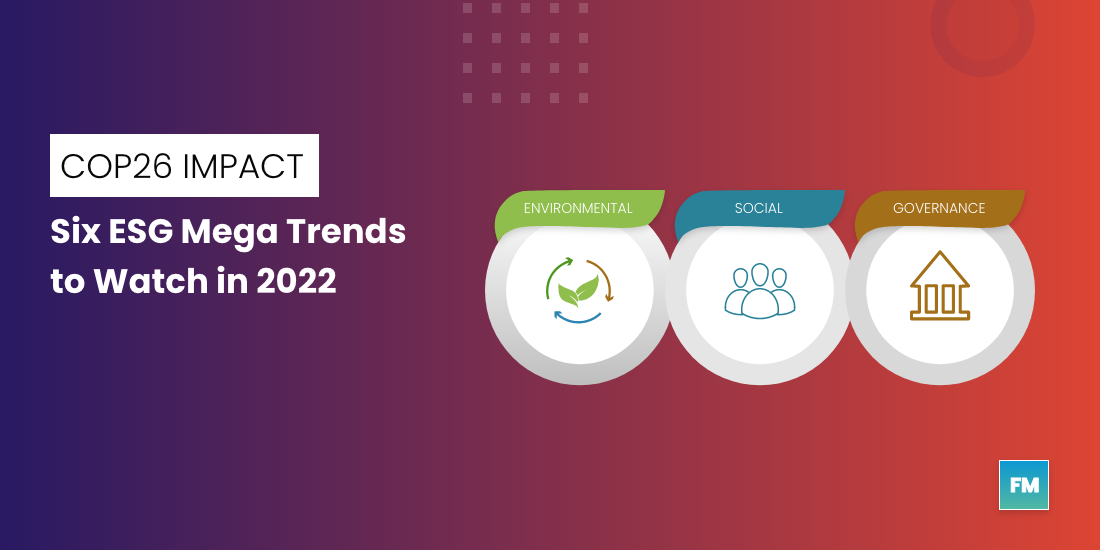A lot of significant focus has been going around Asset Management. Similar to any other component, technology is playing a vital role in the transformation of asset management enterprises in Australia which are required to control portfolio risk, perform ESG practices, reduce operational costs, and meet net-zero targets on time.
The widespread technology’s influence on the reduction of maintenance costs and added value for the customer is rapidly gaining traction. The Cost savings factor is a no-brainer – all organisations had to leverage technologies to decrease their operational cost with digital transformation, driving the customer experience.
Setting up and maintaining short to medium-term goals may appear to be a daunting challenge for new businesses, but it is not entirely impossible. In this article, I’ve outlined the key trends and drivers around enterprise asset management and the built environment from the podcast episode with Umesh Bhutoria and Jeff Sharp.
Emerging Trends In Asset Management Industry In Australia Compared To Those Worldwide.
#1 Ageing Workforce
In the next seven to eight years, 60% of O&M workers will retire. Without a doubt, the ageing workforce is a major challenge, and there will be a need to replace them with the institutional knowledge.
The realities of the future of the workforce cannot be avoided, but there are several ways to prepare, among which is through upskilling and leveraging data, and many asset management organisations in Australia have already begun to use more and more data to enable them to make better decisions.
#2 Use of Technology
If you’ve ever wondered, “How can you use asset data to make a difference in this industry?” or “Can asset management companies leverage this data to deliver better solutions?” Then, Keep on scrolling!
During the Podcast session, Jeff Sharp of EY shared how he is working with his team in Australia and they’re integrating data to make real change.
Organisations now collect an incredible amount of data sets from multiple sources and have access to more data than ever before. In Australia, it is becoming more common to combine multiple data sources to create a single source of truth while layering one data source over another to generate better solutions.
Key Drivers Influencing Change In The Enterprise Asset Management Markets In Australia
#1 Cost Savings
Asset management companies often underestimate the amount of cost reduction measures which are available. Identifying the highest expenditures related to operations & maintenance is the easiest way to uncover cost-saving options. Determining what and where are you spending the most on and considering these expenditures from both costs and a value perspective.
The possibilities of reduction in operational costs, the introduction of newer technologies, and leveraging data into this industry have made room to extend asset life – span.
#2 Sustainability
When it comes to the environment, the decisions we take now have a long-term impact later. Sustainability and Net Zero is no longer a “trending topic,” but rather, there is an immediate need to reduce the pace of the changing climate.
Various sectors have started ESG practices and taking steps towards transitioning to a net-zero emissions future because of the impact it has on tenants and the entire contract. And in that sector, asset performance management has a significant role to play.
Watch the video to discover more about how we assist O&M teams in being cost-effective and meeting customers’ ESG goals —>
The Real Estate Or Built Environment’s Playbook To View Enterprise Asset Management In A New Light.
There is a real divide between design and construction versus operations and maintenance which must be bridged. Organisations must have a pipeline in place so that data from the design and construction phase can move to the operational phase.
In order to maximise value and avoid losing information during the process, it is, therefore, necessary to utilise existing data from the development stage from which sensitive information, such as pictures, etc., can reach the operations & maintenance side.
Despite the fact that some players are ahead in the market. Other organisations can take their time and focus on finding one solution at a time. Then can begin to work on data structures for the entire facility, allowing them to leverage existing data and do away with data silos. A data foundation should be built gradually, so try not to rush.
Our blog provides succinct summaries of the key trends, and drivers influencing Asset Management Industry in Australia. To learn more, listen to our podcast episode!
According to us, the sectors with the most potential for transformation are mining, utilities, and real estate. Which sectors, in your opinion, have begun their transformation journey?
To share your thoughts, Get in touch with Umesh Bhutoria or Jeff Sharp via LinkedIn.


